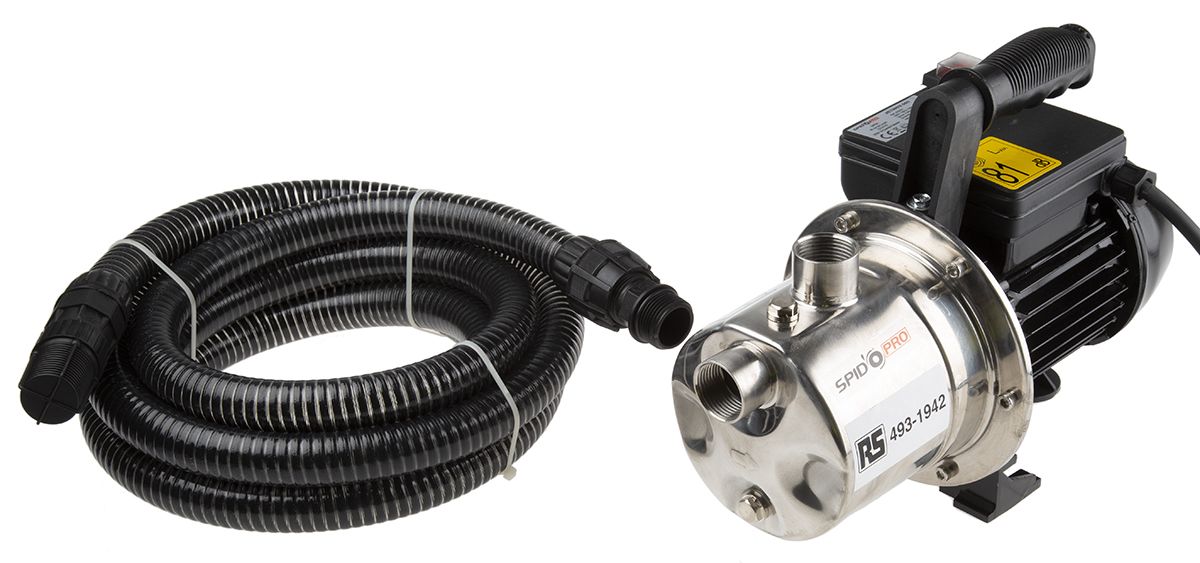

I would recommend that you examine the inside of the cabinet, possibly with a flashlight, to discover the brand name of the pump organ. If you know the brand name of a pump organ, it will become easier for you to know whether it is antique or not. The exceptions here are the rosewood veneered melodeons manufactured in the 1800s. It was uneconomical to use veneers on pump organs at the end of the 1800s and the beginning of the 1900s. In contrast to antique pianos, antique pump organs were usually made out of solid wood, either walnut or oak and sold for a fraction of the price. Plastic and celluloid keys have existed since the early 1880s, so there may be pump organs that still came with original plastic keytops. Located out in front of the black key, the “head” of the key is the flat, wide part of it. White keys that have a hairline between the two pieces are the ones with ivory keys.īetween the two black keys is a thin piece called the “tail” of the white key. Before 1960, the tops of almost every pump organ had ivory keys.

It prevents the key from moving from side to side. There is a felt-lined cavity at the front of the key where the pin sits. A pivot mount extends up and down from the rear end of the key. The key operates by using two pins per key.
FOREST AND SONS PUMP MANUAL
The manual action of the key operates by a series of guide pins. Under the keyboard is the panel covering the reed called the key slip. Analyze the Key TopsĪ key is a part of a lever system operated by the fingers, with a valve that controls airflow that activates a reed. Following are the factors that will help you identify antique pump organs easily. Most people have difficulty identifying antique pump organs due to a lack of knowledge.
FOREST AND SONS PUMP HOW TO
Source: Preview How to Identify an Antique Pump Organ? He was best known for his contribution to medicine through electricity. Christian Gottlieb Kratzenstein invented the first reed-free organ. The convenience of pump organs over pipe organs made them more popular in churches. Because of their portability, pump organs became so popular at the beginning of the 20th century. Mark Twain is among the most cherished writers of all time, and he made many references to pump organs in his writing. Between 18, pump organs were the most popular musical instrument.ĭebussy and Bach are some classic artists who used the pump organ. Despite its incredible sounds, pump organs have somewhat limited tones. A few musicians still use the pump organs today, but it is not as common nowadays.īy pushing air through a thin metal tube, the pump organ works. Later, electric organs took over the role of pump organs, but pump organs were famous for several decades.

Gratified brass reeds force air to move through the pump. A pair of pedal-operated pumps produce air that powers these musical instruments. While some experts claim authentic antiques must be over 100 years old, others consider pumps to be antiques if they date back before the Great Depression.ĭue to their early manufacture between 18, most pump organs are now considered antiques. In 1840, Alexandre Debian in France made a pump organ called a Harmonium, one of the earliest pump organs. With an added microtone, the artisans created harmoniums that anybody could transport. The west produced many furniture-sized organs, but smaller models also existed.Īmong the single most important instruments on the Indian subcontinent was the hand-pumped harmonium, developed by the locals to meet local needs. In addition to their wide range of tones, finer pump organs had beautiful cabinets fit for affluent homes and churches.įrom the late 1800s to the 1920s, American and Canadian manufacturers produced large numbers of pump organs. Most of these instruments have a single manual, whereas pedalboards are rare. Free-reed organs, however, were not as versatile as pipe organs in terms of timbre or volume. In the 19th century, pipe organs were popular in larger churches, but free-reed organs were famous in smaller churches and homes. In contrast, Denmark was the first country in the west to create a free-reed instrument in 1780. In the late 1750s, the idea of making a free-reed instrument through importation from China came to Russia. Pump organs, harmoniums, and melodeons are some of the specific pump organ types. Each of these metal pieces is referred to as a reed. Pump organs are free-reed instruments where the sound comes from air passing through a vibrating metal frame. Popular Manufacturers of Antique Pump Organ.


 0 kommentar(er)
0 kommentar(er)
